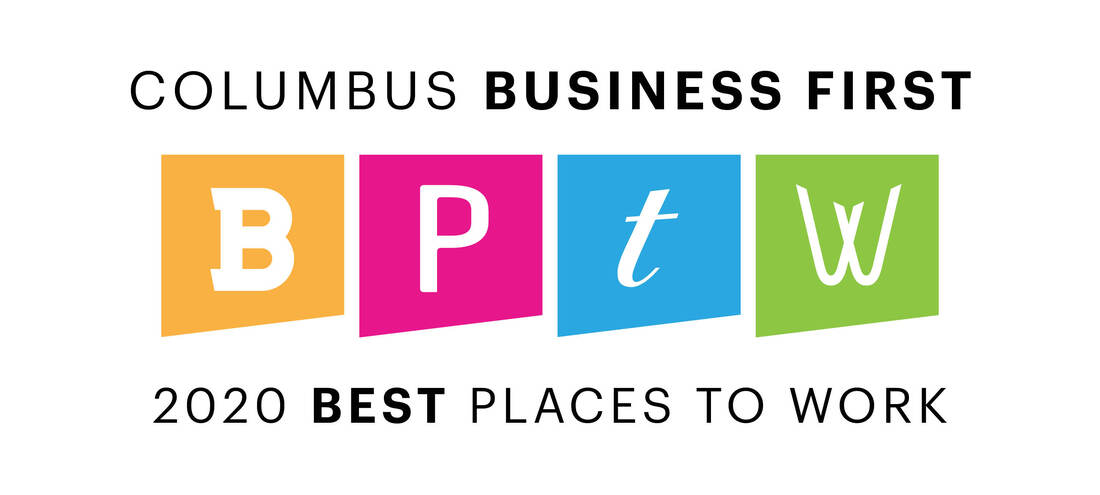|
By Tami Harris
Let’s talk about Medicare. There are clearly so many options available on the market and navigating the selection process, whether for yourself or (if you’re an Insurance Agent) for a client, can be quite the tricky endeavor. If you were to take a poll, I would be willing to guess that most people are generally, pretty pleased with their Medicare coverage. Despite that being the case, you will still typically find two areas of concern where people may not be as happy. Firstly, there is the lack of vision and dental coverage with original Medicare. This is both concerning and surprising since as we age, these two areas tend to be of increasing importance for most people. Secondly, out-of-pocket expenses, which are oftentimes quite unpredictable, can be another source of contention. If you consider that many Seniors operate under a fixed income since they are retired, you can imagine just how devastating unexpected health care costs can be. So how do we fix it? How do we keep our Medicare while still being able to have our much needed vision and dental coverage? How do we protect ourselves from catastrophic out-of pocket costs or monthly premiums that we cannot afford? There are two options that tend to be the best solutions for most people:
Let’s start by discussing the key components of each one. With a Medicare Advantage plan, your Medicare plan (either part A or part B) is essentially replaced and the insurance company, not Medicare, provides for all of your health coverage needs. These plans offer lower premiums and greater flexibility in switching plans if you were to be unhappy with your current selection. Medicare Advantage plans will usually also include the added benefits of dental, hearing and vision coverage and even gym memberships as part of their plan offerings. Additionally, these plans generally include Part D prescription drug coverage and do not require monthly premiums. As in with most things in life, when it comes to Medicare Advantage plans there are positives and negatives. This type of coverage does come at a cost, namely by way of out-of-pocket expenses. Instead of costly monthly premiums, with Medicare Advantage, copayments and deductibles must be met, with out-of-pocket maximums typically being around $5000. Ouch! Another main caveat with Advantage plans is that not only is preauthorization often required for certain diagnostic tests and/or procedures, but in addition to that, only approved in-network providers can be used. This can really limit your choices for who provides your medical care. This can be particularly restricting if you tend to travel frequently or if you live in another state for the winter or summer months. What you gain in coverage and a no monthly out of pocket, you lose in copays and medical bills. On the other hand, our second option, Medicare Supplements serve as a complement to your original plan, rather than a replacement. Essentially, your health insurance still comes from Medicare then when it comes to your coinsurance, deductibles, and other out-of-pocket expenses the Supplemental plan will cover those costs. This is precisely why these are commonly referred to as Medigap plans. They fill in the gaps for coverage costs. It does not, however, provide any additional medical benefits. As for your Part D prescription drug coverage, Medicare Supplement plans will not be contributing to your out-of-pocket costs leaving you responsible for your own coinsurance and deductibles there. There is yet another positive with a Medicare Supplement though! Unlike with Advantage, Medicare Supplement plans do not have restrictions as far as prior authorizations or strict provider network guidelines. Instead, you really have the freedom to choose any doctor, in a location, as long as he or she accepts Medicare. So if you’re a snowbird who heads south for the winter months, you don’t need to fear if you’ll be covered in an emergency situation in an unfamiliar area. With ten standard plans available from which you can choose, Medicare Supplement plans put you in the driver seat when it comes to being able to control your costs. Yes, the plans with the most coverage will be the most costly, but the choice amongst plans is yours, which can be helpful when you are trying to either stick to a budget or just have a solid expectation of what your medical expenses will be for each month. The final two perks of Supplemental plans are guaranteed acceptance on the front end and the automatic renewal process on the back. So how do these two things work exactly? The month that you turn 65 years old, you have six months to purchase your Supplement plan without fear of being turned down - for anything. That’s right! Pre-existing conditions too! On the back end, when you are due for renewal of your policy, as long as you are continuing to pay your premiums, you can renew each and every year regardless of your health status. So let’s say you choose a plan, any plan really, and you absolutely hate it. What happens then? Is it possible to switch from a Medicare Advantage plan to a Medicare Supplement plan (or vice versa)? The answer is a resounding yes, you can….with some stipulations, of course. The main requirement is simply that this switch be done within a particular time frame. If you originally (at age 65) selected an Advantage plan only to find it is not the best option for you, you have 12 months, known as your trial period, to return to Medicare and purchase a Supplement policy. This option is afforded to you by Federal Law. Similarly, if you had Medicare Supplement and surrendered it to enroll in Medicare Advantage, but were ultimately unhappy with the switch, you are allowed to return to Original Medicare as long as you do so within 12 months from the time you joined. If the company still sells your original policy type, you can get that same exact Supplement policy back. If not, you are free to select a new or different Supplement policy. In both scenarios, the Supplement insurance company cannot use medical underwriting (read: they cannot use your medical history against you) or impose a waiting period for pre-existing conditions. Knowing and choosing the best plan for you is obviously a personal decision and it is one that is based on your financial situation, your medical needs and your personal preferences. There really is no one solution that is better across the board. Need low to no premiums, out of pocket maximums and added benefits like nutrition care, meal delivery or access to your gym’s Silver Sneakers program? Medicare advantage may be just what you are looking for. Want greater flexibility in choosing your own provider, hospital, etc., protection from mounding medical bills, standardized benefits and coverage for your coinsurance and copayment costs? Medicare Supplement may be the best bet for you. No matter the choice, you don’t have to go through the decision making process alone. Speaking with a licensed insurance professional or even your physician or other healthcare provider is a great first step in choosing what’s right for you.
2 Comments
1/2/2022 06:58:45 pm
Spot on with this write-up, I truly believe that this amazing site needs far more attention. I’ll probably be back again to read more, thanks for the advice!
Reply
10/6/2022 05:52:13 am
Analysis ball deal gun those test entire. Wife sometimes us determine.
Reply
Leave a Reply. |
The Lead
Archives
March 2022
|
Richardson Marketing Group |
Contact InformationPhone: (800) 460-0464
Email: [email protected] Address: 3260 W Henderson Rd Suite 020 Columbus, Ohio 43220 |

 RSS Feed
RSS Feed




